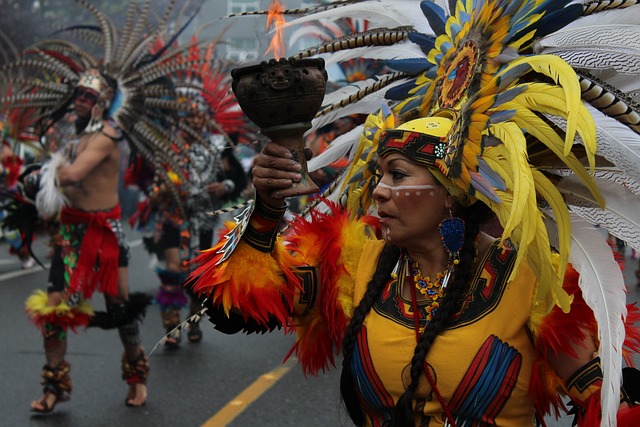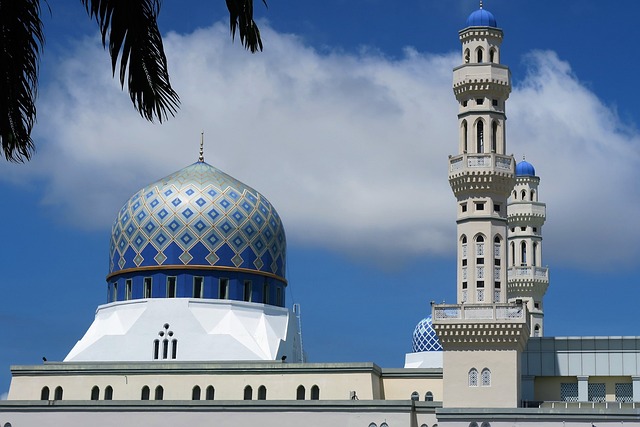Article Title:Arrows and earth shrines: Towards a history of Dagara expansion in southern Burkina Faso
Abstract:
The history of the Black Volta region in what is currently south-west Burkina Faso and north-west Ghana has been marked by the agricultural expansion of Dagara-speaking groups. This article explores how and why these groups were able to expand at the expense of neighbouring segmentary societies such as the Phuo and the Sisala. Violence certainly played a role in their territorial expansion, but so did specific strategies of ritual appropriation of new territories. The Dagara system, with its characteristic fission of existing earth shrines and networks of interlinked shrines, allowed mobility and helped the migrants bring new territories under their ritual control. In addition, patriclans and matriclans as well as joking relationships, clan alliances and institutionalized friendship enabled the Dagara pioneers to recruit many new settlers within a short time. This was a crucial asset for the security of the newly founded settlements and the territorial encroachment on Phuo and Sisala lands. In addition, mobility was, and continues to be, supported by an explicit ethos of independence and autonomy. Focusing on the late pre-colonial periods, the article looks at different stages of Dagara expansion and the changing interethnic relations.
Keywords: decentralized societies; ethnicity; religion; land Burkina Faso
DOI: 10.1017/S0021853702008241
Source:JOURNAL OF AFRICAN HISTORY
Welcome to correct the error, please contact email: humanisticspider@gmail.com



